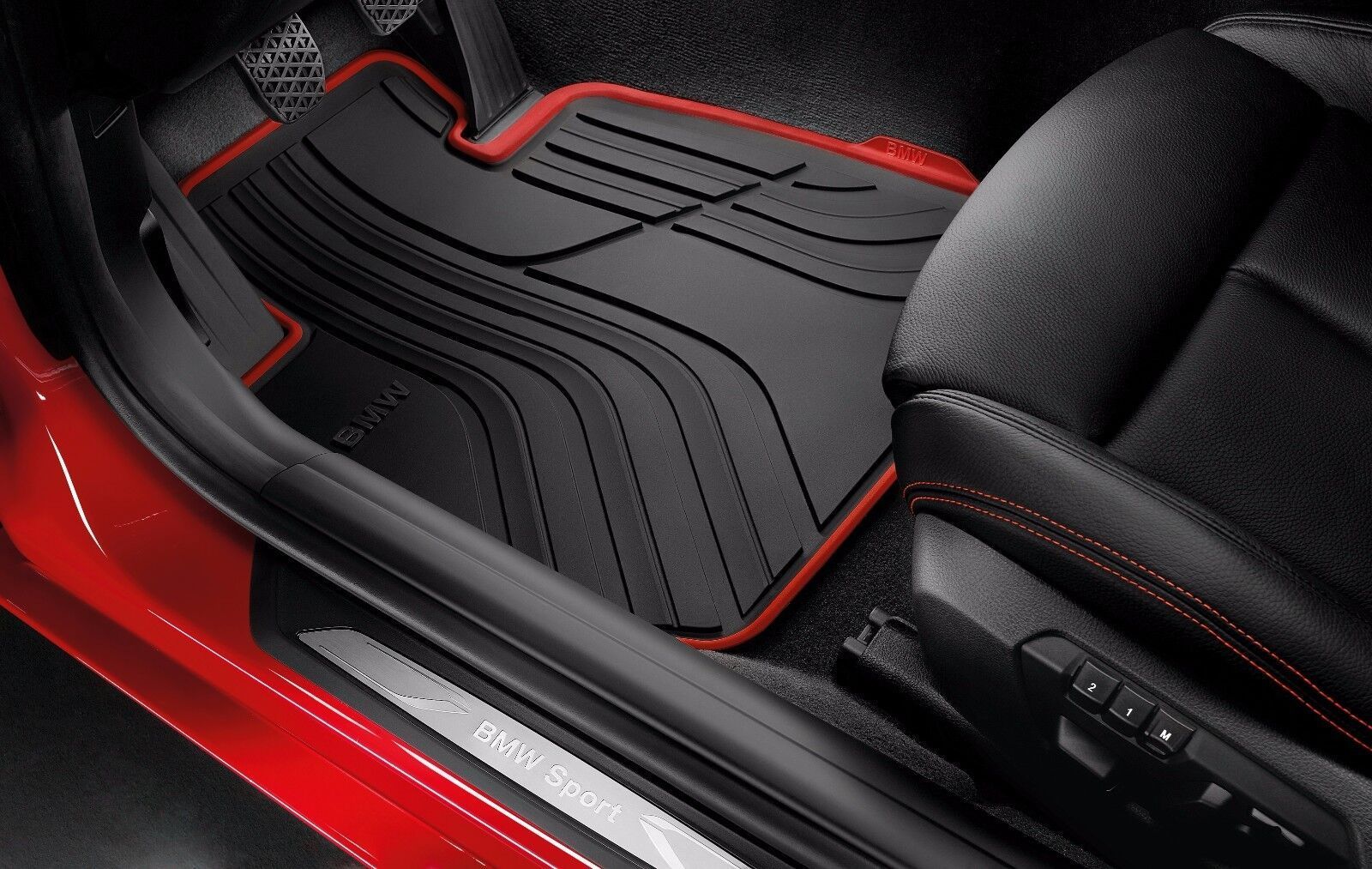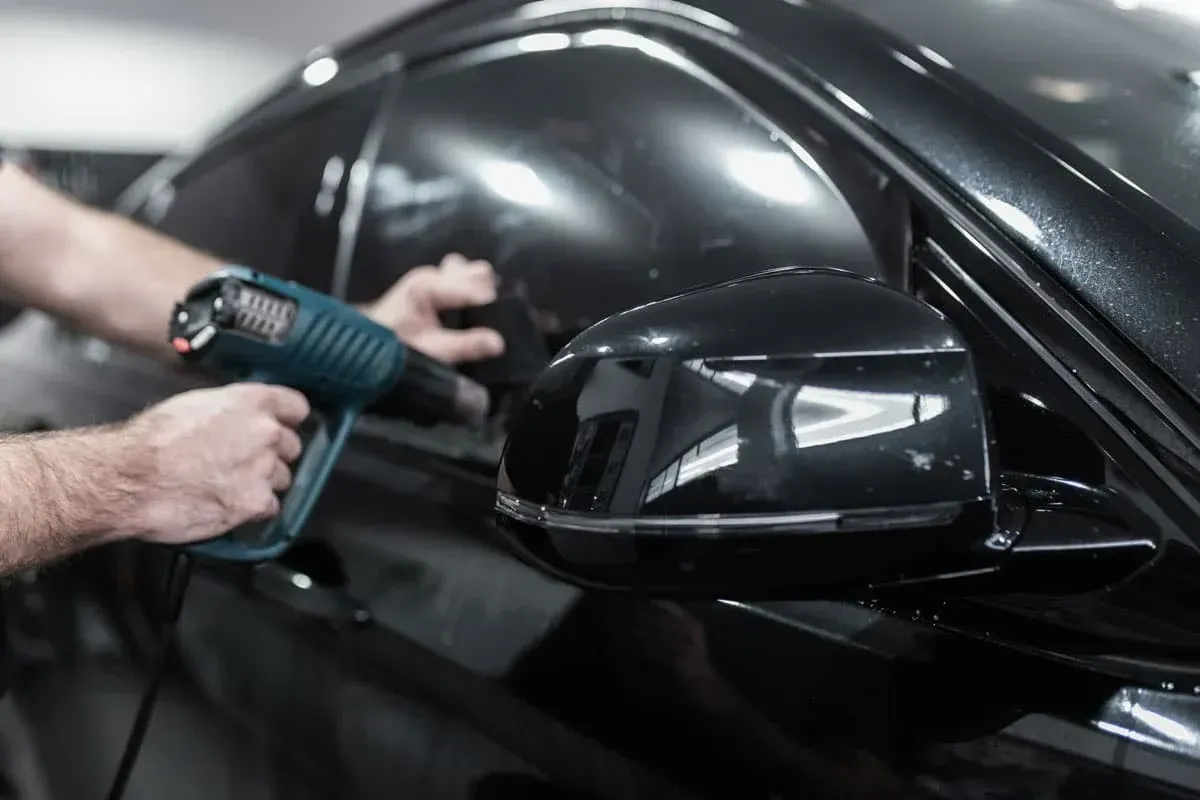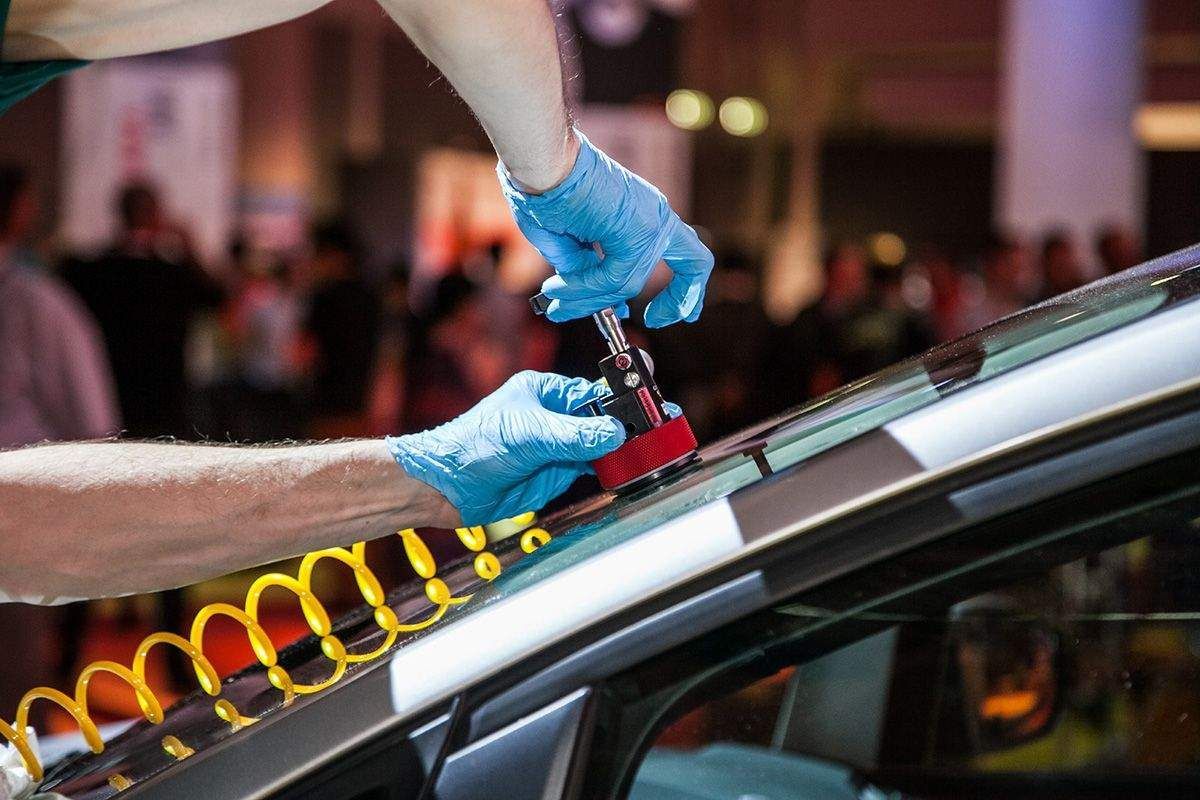California Window Tint Laws: A Guide to Legal Percentages
Driving around with tinted windows offers several benefits: reduced glare, cooler interior temperatures, and added privacy. However, California has specific laws regulating window tint darkness, and it's crucial to stay compliant to avoid fines and potential vehicle code violations. This guide provides a comprehensive overview of California's window tint laws for 2024, ensuring you stay legal on the road.
What is VLT?
Before diving into the specifics, it's essential to understand what "Visible Light Transmission" (VLT) means. VLT refers to the percentage of visible light that can pass through your car's windows. A lower VLT percentage means darker tint, allowing less light to pass through.
California Window Tint Laws: The Specifics
California Vehicle Code Section 26708 outlines the state's window tint regulations. Here's a breakdown of the legal limits:
- Windshield: Non-reflective tint is allowed on the top 4 inches of the windshield. Any tint below this line is prohibited.
- Front Side Windows: Must allow more than 70% of light to pass through. This means a maximum of 30% tint is permitted.
- Back Side Windows: There are no restrictions on how dark the tint can be on the rear side windows.
- Rear Window: Similar to the back side windows, there are no restrictions on the darkness of the tint on the rear window, provided the vehicle is equipped with dual outside rearview mirrors.
Key Points to Remember:
- No Reflective Tint: California prohibits the use of reflective window tint.
- Medical Exemptions: There are medical exemptions available for darker tint if a licensed physician certifies a medical necessity. You'll need to carry the proper documentation in your vehicle.
- Enforcement: Law enforcement officers use devices called photometers to measure VLT. If your tint is found to be in violation, you may receive a citation.
Understanding the Impact of Factory Tint:
Many vehicles come with factory tint, which already reduces the amount of light passing through the windows. It's essential to consider this existing tint when applying aftermarket tint. For example, if your front side windows have a factory tint of 80% VLT, adding a 20% tint film would result in a combined VLT of less than 70%, making it illegal.
Why Comply with California Window Tint Laws?
- Avoid Fines: Violating window tint laws can result in fines and court costs.
- Safety: Excessively dark tint can reduce visibility, especially at night or in low-light conditions, posing a safety risk.
- Legal Compliance: Staying within the legal limits ensures you're complying with California vehicle code.
Finding a Reputable Tinting Installer:
If you're considering getting your windows tinted, it's crucial to choose a reputable and experienced installer. A professional installer will be knowledgeable about California's window tint laws and can help you select a legal tint that meets your needs. They can also accurately measure the VLT of your existing windows and ensure the final result is compliant.
Staying Updated:
While this guide reflects the current California window tint laws for 2024, it's always a good idea to check for any updates or changes to the regulations. You can refer to the California DMV website or consult with a legal professional for the most up-to-date information.
Conclusion:
Understanding and complying with California's window tint laws is essential for all drivers. By following the guidelines outlined in this guide, you can enjoy the benefits of tinted windows while staying legal and safe on the road.










